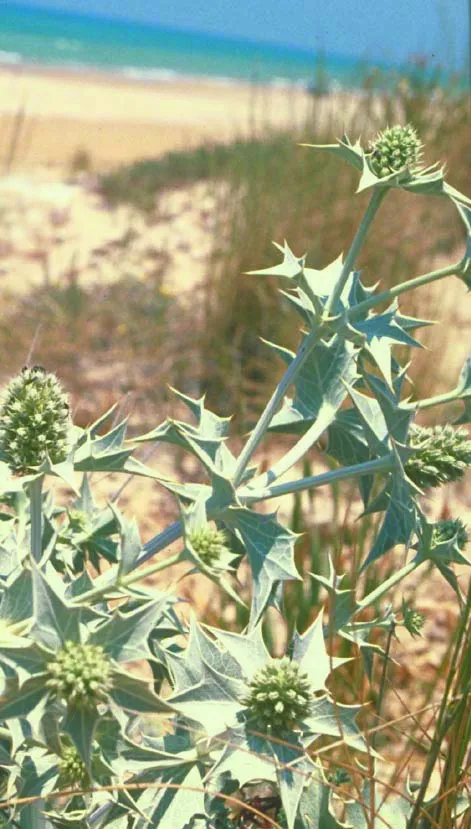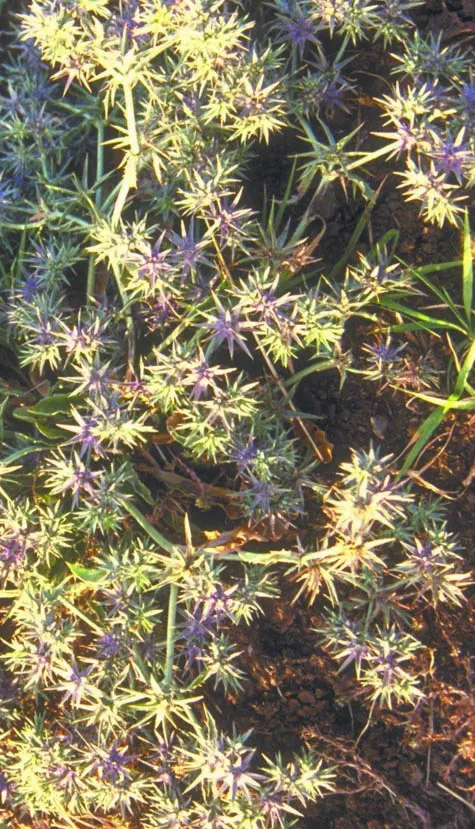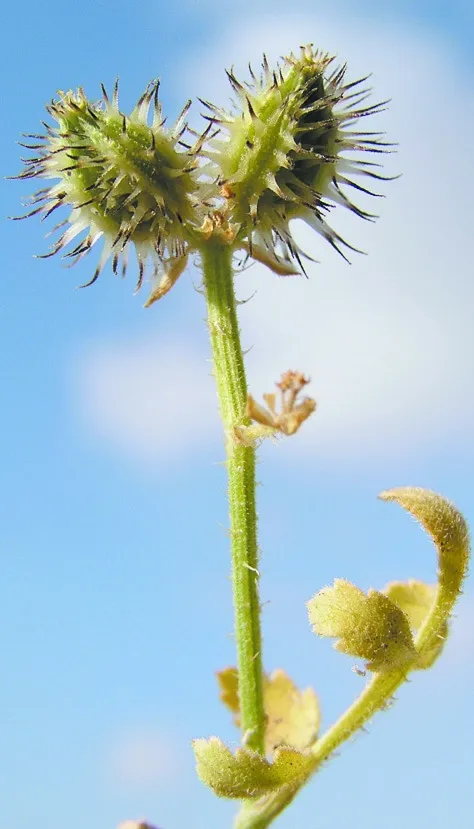Strigose Lisaea
Lisaea strigosa
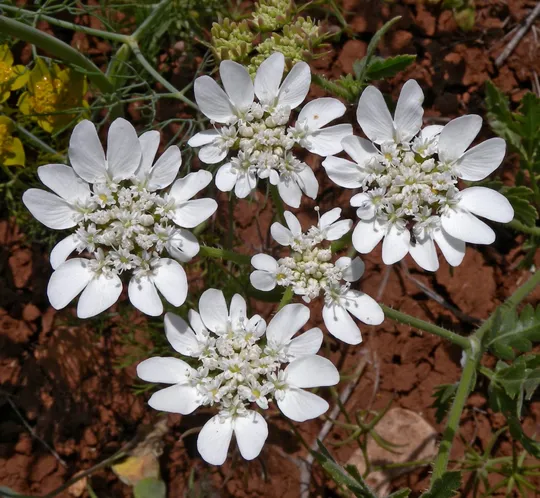
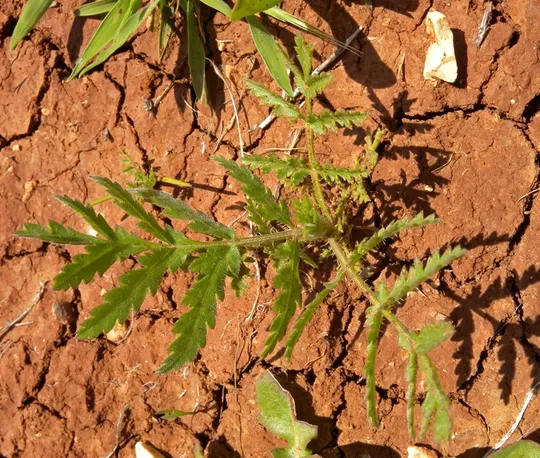

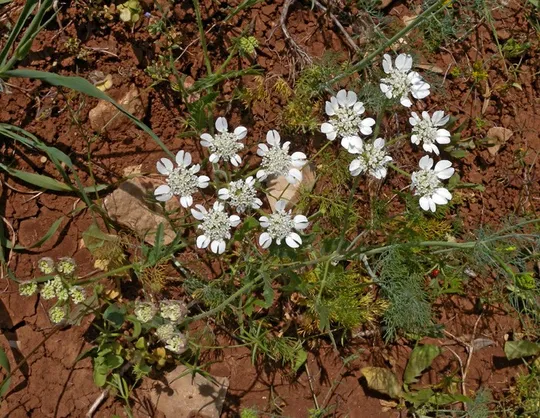
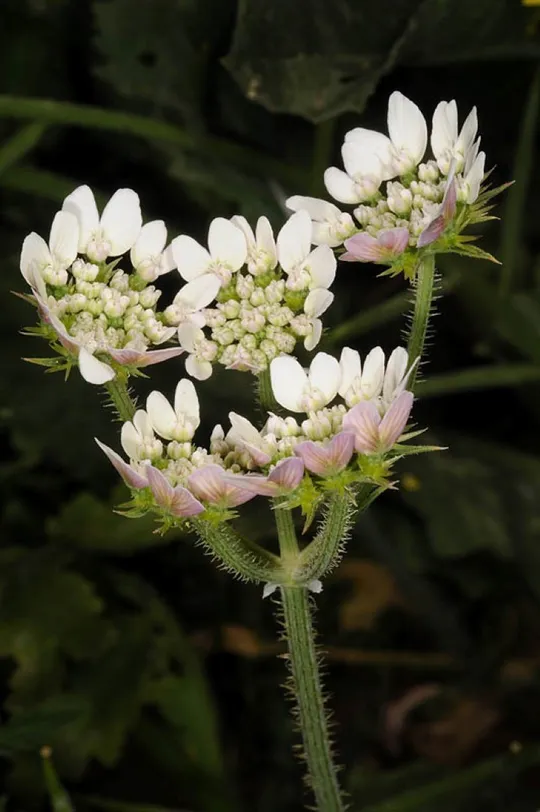
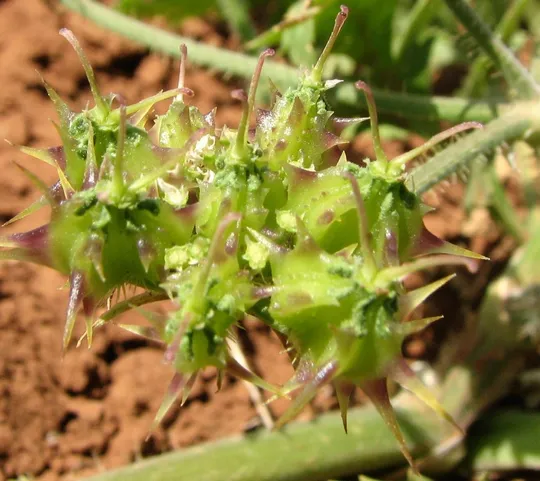
Lisaea strigosa is currently
known in Israel only from Samaria and the Samarian Desert, where it was found
in the Rimonim area in the 1980s. A survey of the region conducted by Ofra
Friedman and her colleagues found the species at 18 sites. There are an
estimated 23 sites in Israel. L. strigosa was found in three major
segments: the Mikhmas area (Deir Dibwan), the Rimonim area and the Alon Road north
of Kokhav HaShahar. Dinsmore collected the species in the Judean Mountains
(Jerusalem) in 1906, but it has not been found there since.
Terra
rossa and rendzina soils in traditionally cultivated agricultural fields and
fallow lands.
Lisaea strigosa is
a genus with five species growing in southwest Asia. The genus belongs to the
Scandiaceae tribe in the Umbelliferae family that is characterized by a
crystalline layer in the area where the achene connects to the fruit stalk (carpophore).
The tribe includes genera with spiny-bristly fruits such as Orlaya, Torilis
and Lisaea as well as genera with non-spiny fruits such as Scandix
and Anthriscus. Interestingly, Lisaea is not related to the genus Daucus,
which has characteristically spiny fruits but belongs to the Dauceae tribe, in
which the fruit does not have a crystalline layer.
Lisaea strigosa
is currently known only from traditionally cultivated agricultural fields,
which are the secondary habitats of many other herbaceous plants. The primary
habitat of the plant is unknown. Perhaps L. strigosa was limited to herbaceous
vegetation landscapes that existed in the past only in deep valley soils and subsequently
spread to areas of traditional agriculture, in which it paradoxically survived.
However, there is no proof of that. It is also possible that L. strigosa
developed from other close species, extant or extinct, and during the last
thousands of years, speciated in cultivated fields with the development of
agriculture.
•
The number of
regions in which Lisaea strigosa is found has been reduced from two to
one and its range in Israel is limited to eastern Samaria. However, thanks to
the detailed survey conducted in eastern Samaria in recent years, the number of
currently known sites is greater than it was previously. In light of the latest
discovery, there is not enough information about the dynamics of the number of
sites.
•
L. strigosa
populations appear in small patches numbering tens to hundreds of plants.
•
Threat sources/factors:
L. strigosa grows in traditionally managed agricultural fields. These
fields are disappearing from all of Israel and also from the eastern area of
Samaria. It is in imminent danger of disappearing from our region.
•
L. strigosa
is not protected in nature reserves.
•
There is no
information regarding the species in the Middle East. Presumably, it is more
common in neighboring countries, where traditional agriculture is more widespread.
There are no reports that it is in danger of extinction outside of Israel.
Regular annual
monitoring should be conducted at known Lisaea strigosa sites, to
characterize population demographic indices that will be used to serve as basis
for well-founded recommendations.
Lisaea strigosa
is found in Israel, Northern Jordan (Gilead), Syria, Northern Iraq and eastern
Turkey.
Lisaea strigosa is an annual
plant whose distribution is limited to Eastern Samaria mainly in the area of
Mikhmas-Rimonim-Kokhav HaShahar. Its primary habitat is unknown and now it is
found only in traditionally managed agricultural fields that are also in danger
of extinction in Israel.
Current Occupancy Map
| 1000 squre meter pixel | 5000 squre meter pixel | 10000 squre meter pixel | |
|---|---|---|---|
| number of observations | 0 | 0 | 0 |
| in total pixels | 0 | 0 | 0 |
| Family | Apiaceae |
| Classification | On the endangered species list |
| Ecosystem | High Semi-Steppe |
| Chorotype | Western Irano - Turanian |
| Conservation Site | Kida in Samaria |
| Rarity |
1
2
6
|
|---|---|
| Vulnerability |
0
3
4
|
| Attractiveness |
0
0
4
|
| Endemism |
0
0
4
|
| Red number |
1
3.2
10
|
| Peripherality | N |
| IUCN category | DD EW EX LC CR EN VU NT |
| Threat Definition according to the red book | Vulnerable |
 Based on:
Based on:

